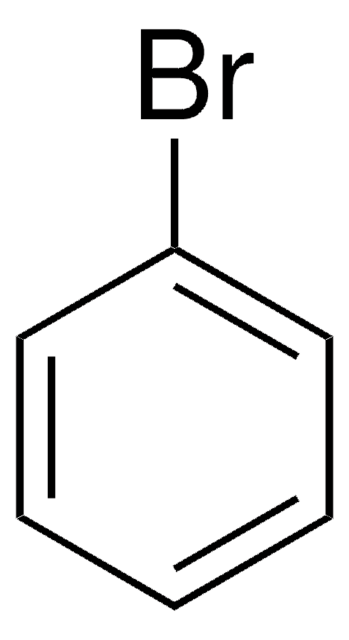Kluczowe dokumenty
254118
Magnesium
chips, 6-35 mesh, 99.98% trace metals basis
Synonim(y):
Magnesium element
About This Item
Polecane produkty
ciśnienie pary
1 mmHg ( 621 °C)
Poziom jakości
Próba
99.98% trace metals basis
Formularz
chips
temp. samozapłonu
950 °F
przydatność reakcji
reagent type: reductant
rezystywność
4.46 μΩ-cm, 20°C
wielkość cząstki
6-35 mesh
bp
1090 °C (lit.)
mp
648 °C (lit.)
gęstość
1.74 g/mL at 25 °C (lit.)
ciąg SMILES
[Mg]
InChI
1S/Mg
Klucz InChI
FYYHWMGAXLPEAU-UHFFFAOYSA-N
Szukasz podobnych produktów? Odwiedź Przewodnik dotyczący porównywania produktów
Opis ogólny
Zastosowanie
- Overview of advancement and development trend on magnesium alloy: This review presents global research advancements on magnesium alloys from 2013 to 2018, highlighting significant trends and developments in the field (Xu et al., 2019).
- Research advances of magnesium and magnesium alloys worldwide in 2021: The article reviews the latest research advancements in magnesium and its alloys, focusing on their applications and technological developments (Song et al., 2022).
- The role and significance of Magnesium in modern day research-A review: This comprehensive review covers the various applications and properties of magnesium, highlighting its significance in modern research and technology (Prasad et al., 2022).
Hasło ostrzegawcze
Danger
Zwroty wskazujące rodzaj zagrożenia
Zwroty wskazujące środki ostrożności
Klasyfikacja zagrożeń
Flam. Sol. 1 - Self-heat. 1 - Water-react 2
Kod klasy składowania
4.2 - Pyrophoric and self-heating hazardous materials
Klasa zagrożenia wodnego (WGK)
nwg
Temperatura zapłonu (°F)
Not applicable
Temperatura zapłonu (°C)
Not applicable
Środki ochrony indywidualnej
Eyeshields, Faceshields, Gloves, type P3 (EN 143) respirator cartridges
Wybierz jedną z najnowszych wersji:
Masz już ten produkt?
Dokumenty związane z niedawno zakupionymi produktami zostały zamieszczone w Bibliotece dokumentów.
Klienci oglądali również te produkty
Produkty
Mechanochemical Effect of Severe Plastic Deformations: Metal Alloys, Hydrides and Molecular Solids
In recent years, the price of tellurium, a key component in the bestperforming thermoelectric materials, has increased significantly, leading to the question, “Is it economically viable to produce thermoelectric generators on an industrial scale?
The price of tellurium, a key component in many thermoelectric materials, has risen in recent years, leading to the search for more cost-effective substitutes. This article presents silicide materials as a cheaper potential alternative.
Nasz zespół naukowców ma doświadczenie we wszystkich obszarach badań, w tym w naukach przyrodniczych, materiałoznawstwie, syntezie chemicznej, chromatografii, analityce i wielu innych dziedzinach.
Skontaktuj się z zespołem ds. pomocy technicznej





